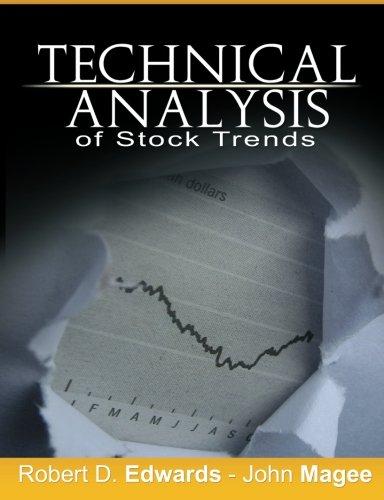49. 4M ANALYTICS: The Capital Asset Pricing Model The Capital Asset Pricing Model (CAPM) describes the relationship between returns on a speculative asset (typically returns on stock) and returns on the whole stock market. The underlying theory describes the risk of owning an asset, where risk refers to variation in returns over time. Part of the risk of owning an asset is associated with overall movements in the market as a whole and so is called market risk. The remaining idiosyncratic risk is unique to the asset. The underlying theory promises that markets will pay investors for taking market risk, but not for assuming idiosyncratic risk, which it treats as a gamble. According to the CAPM, a simple regression model describes the returns Rt on a stock over some time period as Rt=+Mt+t where Mt is the return on the market and i denotes the effects of other factors on the stock return. The intercept is called the alpha of the stock, and the slope is called the beta of the stock. If =0, then movements in the market don't influence the value of the stock. If =1, then the stock tends to move up and down with changes in the market. Stocks with >1, sometimes called growth stocks, amplify movements in the market whereas those with 0. What are they claiming about these investments? (b) Investors often seek stocks that diversify their risk into uncorrelated investments. Should such investors seek stocks with large or 0 ? Method (c) A stock advisor claims that Berkshire Hathaway, the investment company run by Warren Buffett, generates "positive alpha." How can we test this claim using a regression model? (d) How can we use a confidence interval to test the claim that beta is one for Berkshire Hathaway? Mechanics (e) The data for this exercise give monthly returns on Berkshire Hathaway and the overall stock market since January 1980 . Use these data to fit the CAPM regression and check whether the SRM is appropriate. (f) The precise returns used in the CAPM are socalled excess returns, formed by subtracting the return Rf on a risk-free asset (usually Treasury Bills) from the return on a risky asset. Form the excess returns on Berkshire Hathaway and the stock market and fit the regression (RtRf)=+(MtRf)+t Compare the estimates of the slope and intercept from this equation to those obtained in (e) using the nominal returns. Why are the differences so small? Message (g) Does Berkshire Hathaway produce excess alpha? Explain. (h) Is Berkshire Hathaway a growth stock? Explain 49. 4M ANALYTICS: The Capital Asset Pricing Model The Capital Asset Pricing Model (CAPM) describes the relationship between returns on a speculative asset (typically returns on stock) and returns on the whole stock market. The underlying theory describes the risk of owning an asset, where risk refers to variation in returns over time. Part of the risk of owning an asset is associated with overall movements in the market as a whole and so is called market risk. The remaining idiosyncratic risk is unique to the asset. The underlying theory promises that markets will pay investors for taking market risk, but not for assuming idiosyncratic risk, which it treats as a gamble. According to the CAPM, a simple regression model describes the returns Rt on a stock over some time period as Rt=+Mt+t where Mt is the return on the market and i denotes the effects of other factors on the stock return. The intercept is called the alpha of the stock, and the slope is called the beta of the stock. If =0, then movements in the market don't influence the value of the stock. If =1, then the stock tends to move up and down with changes in the market. Stocks with >1, sometimes called growth stocks, amplify movements in the market whereas those with 0. What are they claiming about these investments? (b) Investors often seek stocks that diversify their risk into uncorrelated investments. Should such investors seek stocks with large or 0 ? Method (c) A stock advisor claims that Berkshire Hathaway, the investment company run by Warren Buffett, generates "positive alpha." How can we test this claim using a regression model? (d) How can we use a confidence interval to test the claim that beta is one for Berkshire Hathaway? Mechanics (e) The data for this exercise give monthly returns on Berkshire Hathaway and the overall stock market since January 1980 . Use these data to fit the CAPM regression and check whether the SRM is appropriate. (f) The precise returns used in the CAPM are socalled excess returns, formed by subtracting the return Rf on a risk-free asset (usually Treasury Bills) from the return on a risky asset. Form the excess returns on Berkshire Hathaway and the stock market and fit the regression (RtRf)=+(MtRf)+t Compare the estimates of the slope and intercept from this equation to those obtained in (e) using the nominal returns. Why are the differences so small? Message (g) Does Berkshire Hathaway produce excess alpha? Explain. (h) Is Berkshire Hathaway a growth stock? Explain








